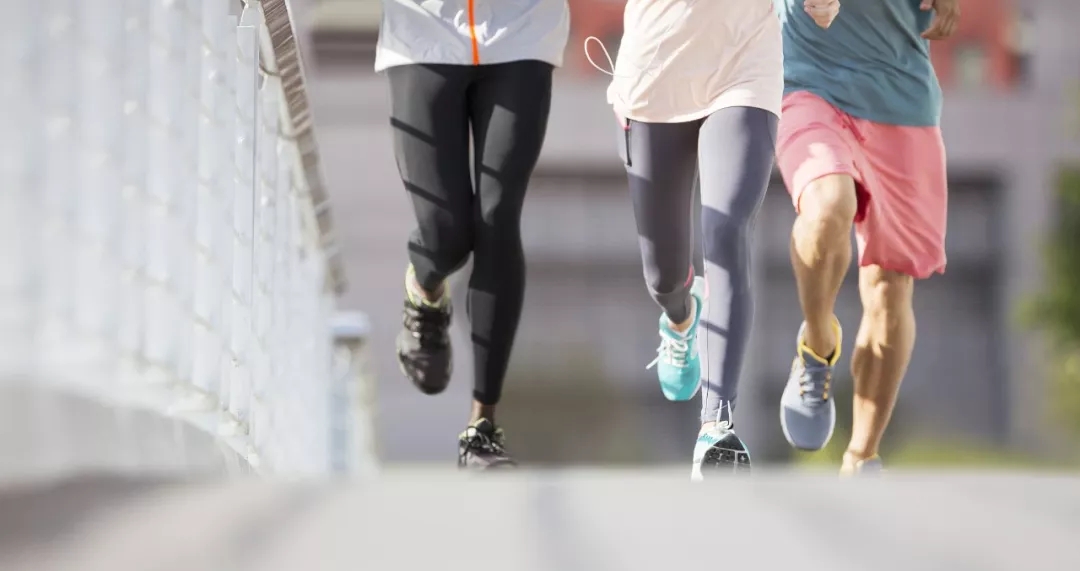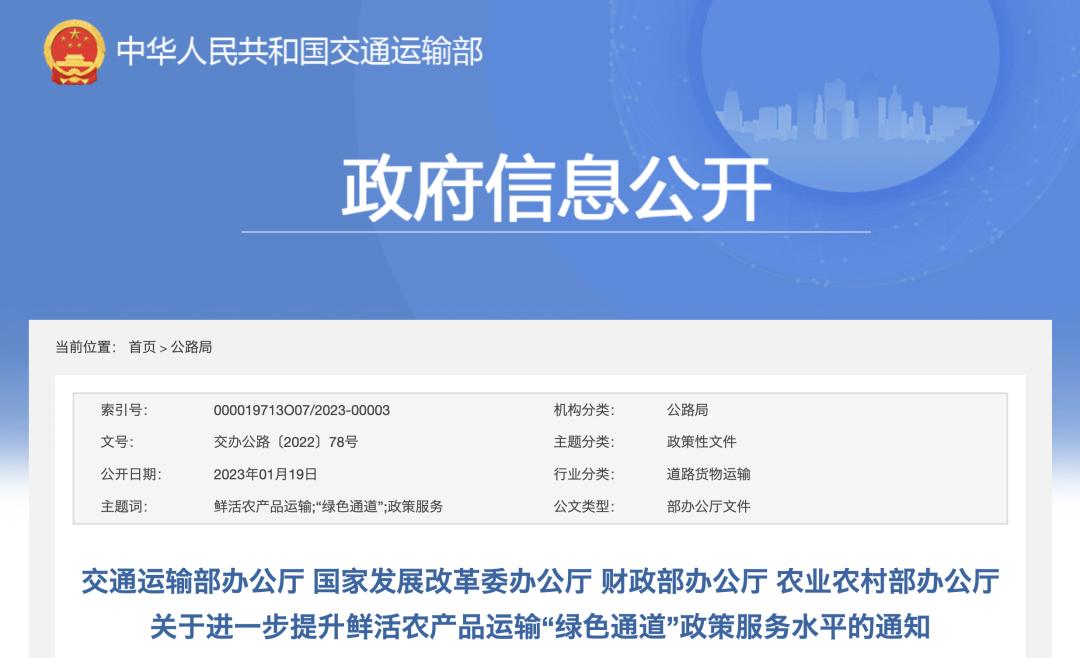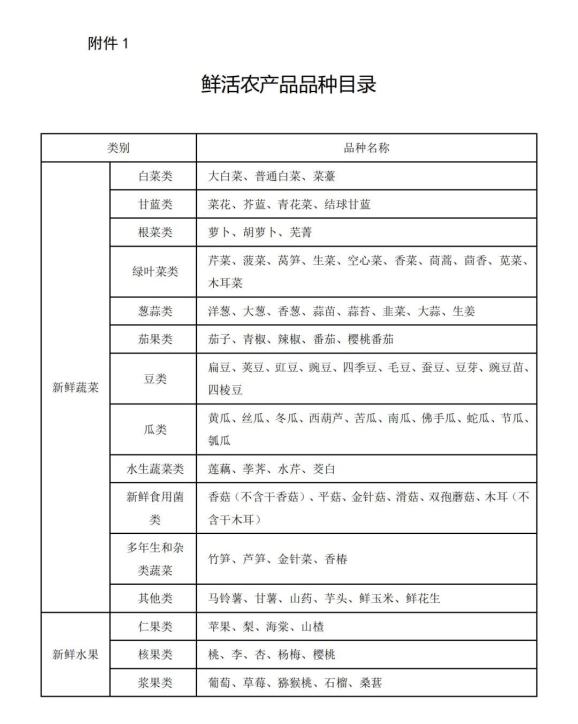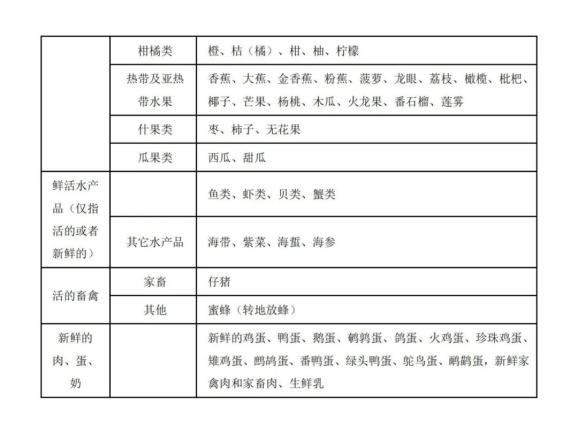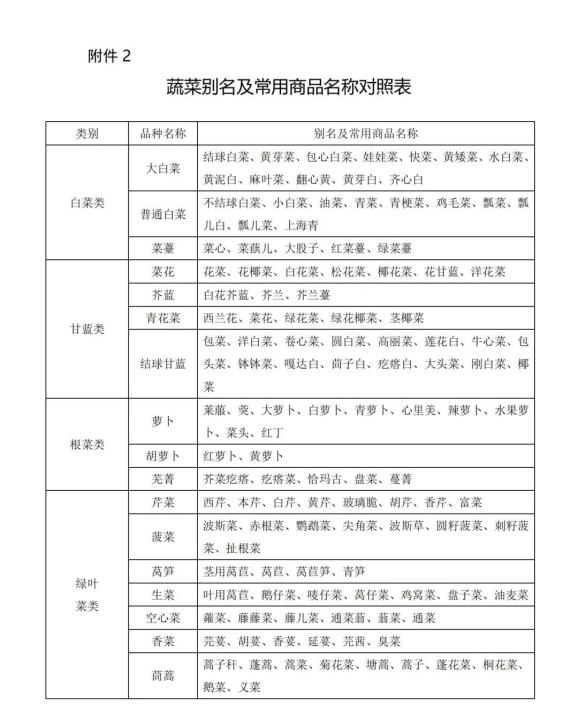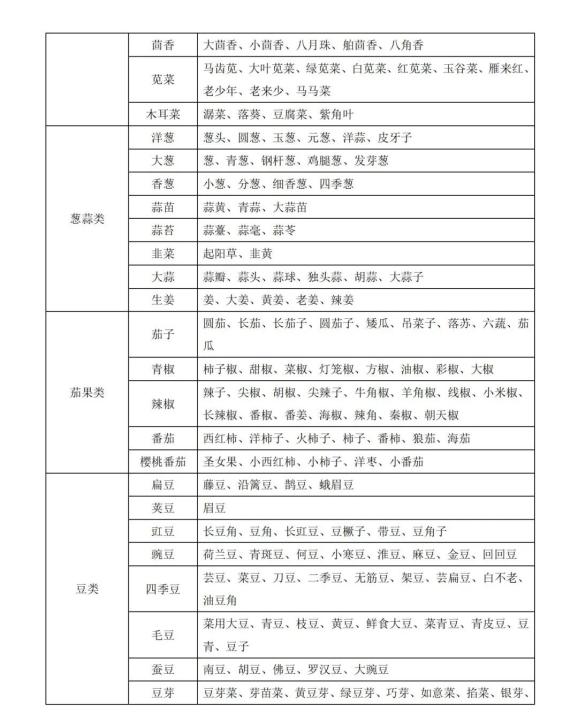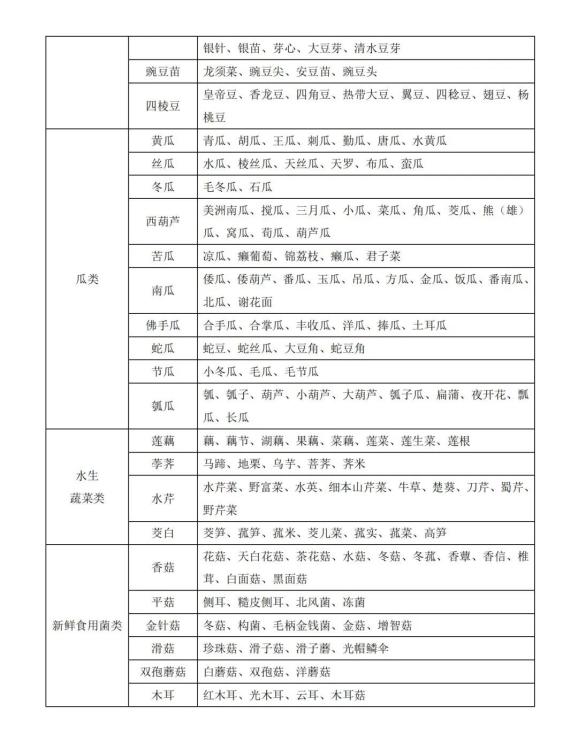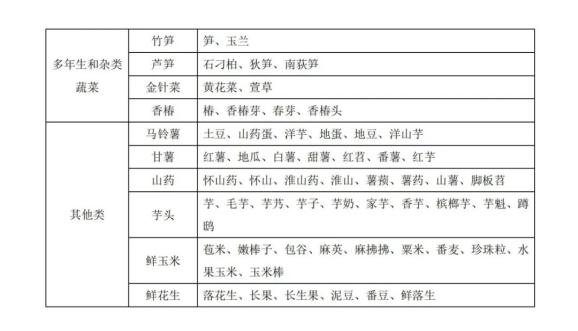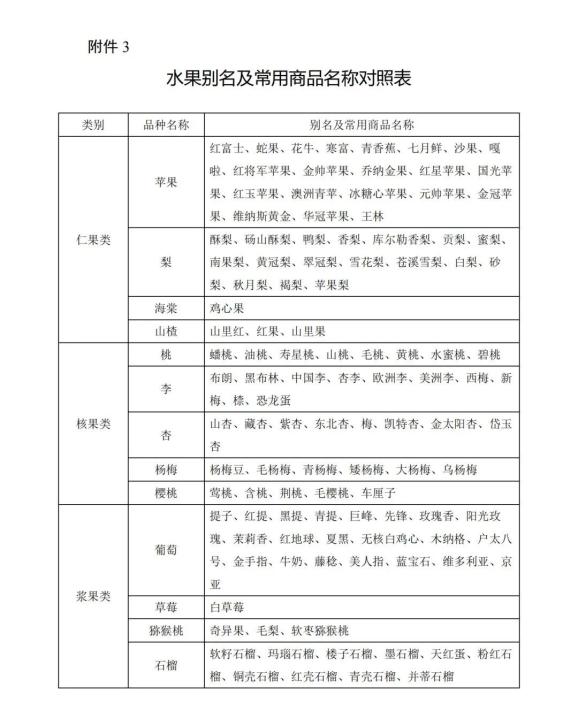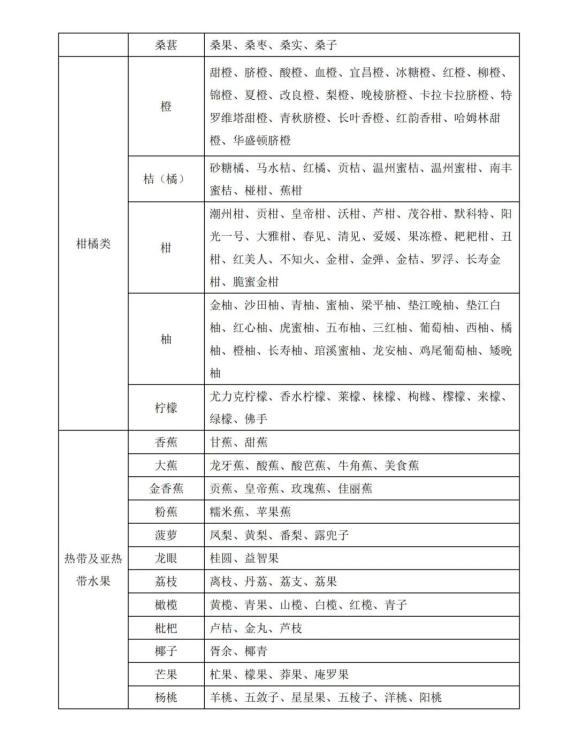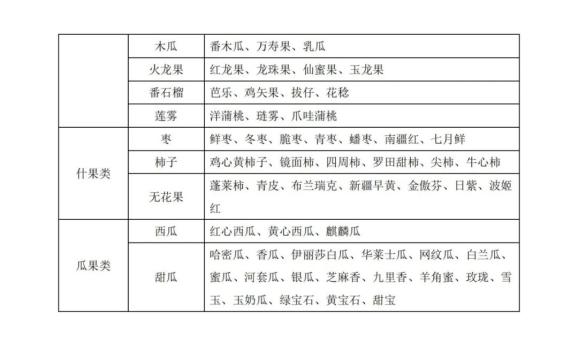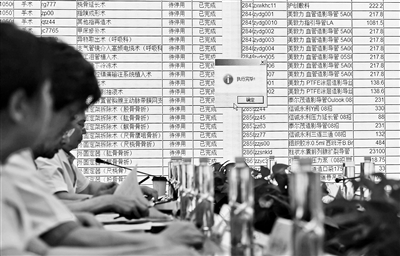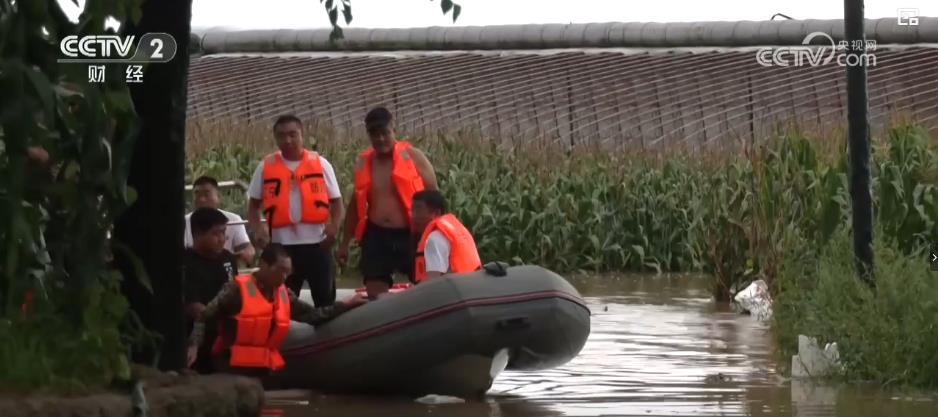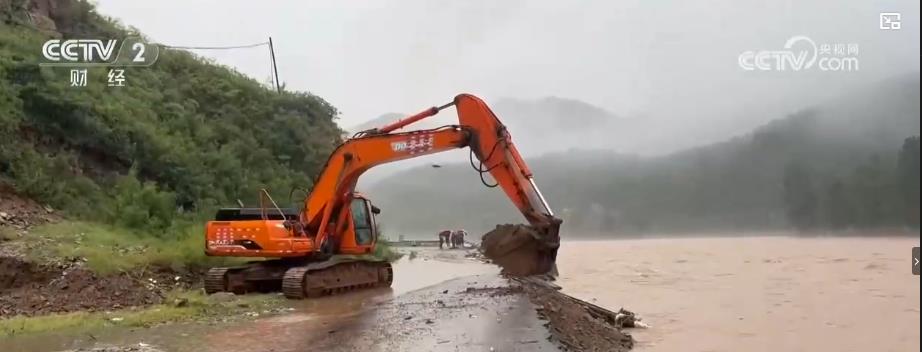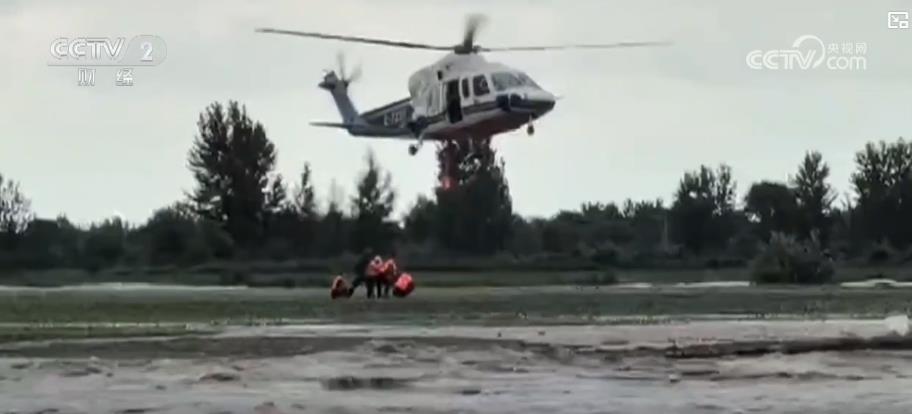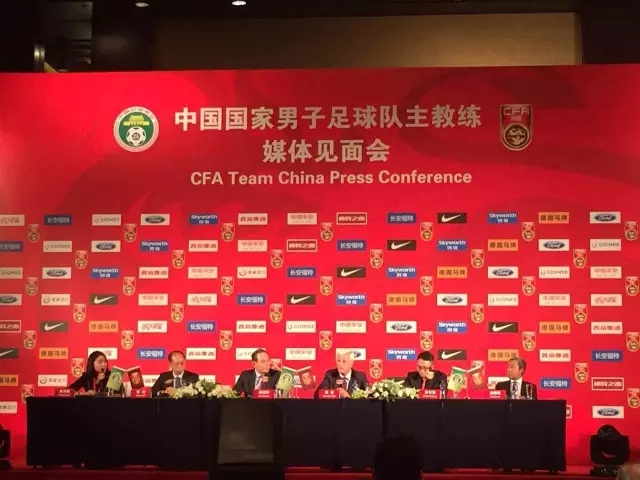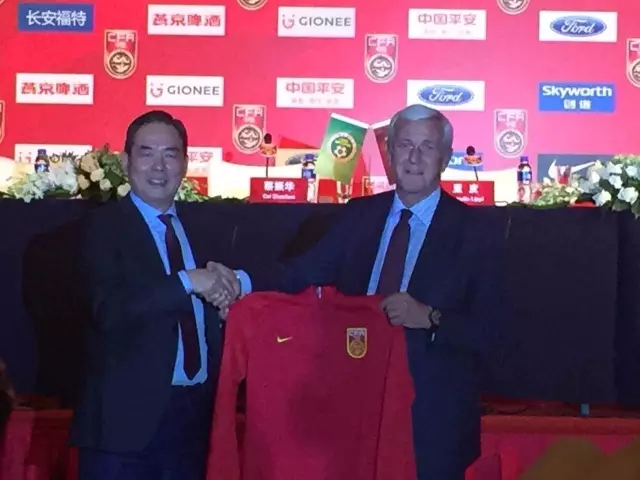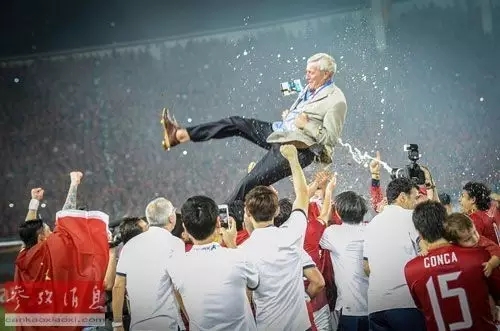In the 40 years of reform and opening up, China has made remarkable achievements and accumulated valuable experience. Among them, it is one of the most important experiences to insist on liberating and developing productive forces, which has become a distinctive feature of China’s reform and opening up.
First, the liberation and development of productive forces is the essential requirement of socialism.
The basic task of socialism is to develop productive forces, and Marxist classical writers have long put forward a clear view. In the communist party Declaration, Marx and Engels pointed out that after the proletariat gained political power and concentrated all its capital in its own hands, it was necessary to "increase the total productivity as soon as possible". Classical Marxist writers’ basic view that the fundamental task of socialism is to develop productive forces is based on historical materialism. Historical materialism holds that the development of human society is regular, that is, productivity determines the relations of production and economic base determines the superstructure. Among them, productivity is the most revolutionary and active factor, and production relations must adapt to the development of productivity; At the same time, the relations of production have a negative effect on the productive forces and the superstructure on the economic base, which will promote the development of productive forces when adapting, and hinder the development of productive forces when not adapting. Human society is constantly advancing under the action of such basic contradictions.
Taking the liberation and development of productive forces as the fundamental task is a major theoretical and practical topic put forward by China’s socialist development. The establishment of the socialist system has laid a fundamental institutional foundation for the liberation and development of productive forces. Great achievements have been made in socialist construction before China’s reform and opening up, but the contradiction between productive forces and relations of production, economic base and superstructure has not been reasonably resolved, and the development of productive forces has been restricted, which has affected the full play of the superiority of the socialist system. How to liberate and develop the productive forces is a major issue to be solved urgently.
The Third Plenary Session of the Eleventh Central Committee of the Party started the historical journey of reform and opening up, and the primary task was to liberate and develop productive forces. Taking the liberation and development of productive forces as the primary task of China’s reform and opening up, in addition to following the general laws revealed by historical materialism, is also determined by the following special factors: First, this is the requirement of the essence of socialism. Only by vigorously developing the productive forces can the material wealth of the society be continuously increased and the common prosperity and all-round development of all the people become a reality. Secondly, it is determined by the primary stage of socialism and its main contradictions. China is and will be in the primary stage of socialism for a long time, and the unbalanced development of productive forces is the main aspect of social contradictions. Only by liberating and developing productive forces can the main social contradictions be gradually solved. Thirdly, it is determined by the grand goal of "two hundred years". The development of productive forces is the ultimate force to promote economic and social development. To realize the great rejuvenation of the Chinese nation, it is impossible without the high development of productive forces. Finally, it is determined by the lofty ideal of finally realizing communism. Lenin once pointed out: "Labor productivity, in the final analysis, is the most important thing to make the new social system win." If the socialist system wants to give play to its greater superiority than the capitalist system and move towards the lofty goal of communism, it must further accelerate the development of productive forces.
In a word, the key to solving all problems in our country is to rely on the development of productive forces. Whether it is conducive to developing the productive forces of socialist society, enhancing the comprehensive national strength of socialist countries and improving people’s living standards is the starting point and the end result of all problems in China’s planning of reform, opening up and modernization, and it is also the fundamental criterion for testing the success of all reform measures.
Two, adhere to the liberation and development of productive forces is an important experience of the success of reform and opening up.
Since the Third Plenary Session of the Eleventh Central Committee of the Communist Party of China, around the fundamental task of liberating and developing the productive forces, our party has comprehensively deepened reform, continuously expanded opening up, concentrated the wisdom of the whole party and society to the maximum, mobilized all positive factors to the maximum, and broke through the shackles of ideas and ideas and the barriers of solidified interests, thus greatly promoting the development of productive forces.
Reform ownership and establish a basic economic system with public ownership as the main body and multiple ownership economies developing together. The liberation and development of productive forces must be guaranteed by the basic economic system. Capitalist private ownership has finally become the shackles of productivity development because it does not meet the development requirements of production socialization; The reason why the single public ownership does not give full play to the superiority of the socialist system is because it is divorced from the development of productive forces in the primary stage of socialism in China. Since the reform and opening up, starting from the greatest reality in the primary stage of socialism and centering on the fundamental task of liberating and developing productive forces, we have carried out reforms in the field of ownership and property rights system, abandoned the single public ownership model, and innovatively formed a basic economic system with public ownership as the main body and multiple ownership economies developing together. On this basis, we should actively explore the realization forms of the basic economic system, deepen the reform of state-owned enterprises, and develop diversified ownership economies and mixed ownership economies, thus greatly mobilizing the enthusiasm of various ownership economies and making all sources of promoting the development of productive forces and creating social wealth fully flow in.
Reform the economic system, establish and constantly improve the socialist market economic system. Market economy plays a joint role of price mechanism, supply and demand mechanism and competition mechanism. Although it is spontaneous and blind, it is generally conducive to the effective allocation of resources. The bourgeoisie once used this form, "in its less than one hundred years of class rule, it created more productive forces than all the productive forces created by all generations in the past, even greater." Since the reform and opening up, after repeated exploration, we have taken the establishment of a socialist market economic system as the direction and goal of economic system reform, making the market play a decisive role in the allocation of resources, giving better play to the role of the government, and realizing the effective combination of the market economy and the socialist system, thus providing institutional and institutional guarantees for the development of productive forces and greatly promoting the development of productive forces.
Reform the distribution system and establish a distribution system with distribution according to work as the main body and multiple distribution methods coexisting. Man is the most active factor in productive forces, and the scientific distribution system can fully mobilize people’s enthusiasm, while the unreasonable distribution system will dampen people’s enthusiasm. Distribution according to capital will inevitably lead to polarization between the rich and the poor and constrain the development of productive forces; The egalitarian distribution affects the enthusiasm of workers and is not conducive to the development of productive forces. Since the reform and opening up, around the liberation and development of productive forces, we have carried out reforms in the field of distribution, established a distribution system with distribution according to work as the main body and multiple modes of distribution coexisting, implemented the principle of distribution according to work, improved the system and mechanism of distribution according to production factors, and given consideration to efficiency and fairness, which greatly mobilized the enthusiasm of operators and workers and provided a guarantee for the distribution system for the liberation and development of productive forces.
Innovate the concept of development and implement a major development strategy to promote the development of productive forces. Since the reform and opening up, around the fundamental task of liberating and developing the productive forces, our party has been exploring continuously, formed important ideas of promoting the development of the productive forces, such as people-centered, science and technology being the primary productive force, and implemented major development strategies such as rejuvenating the country through science and education, innovation-driven development and sustainable development. Especially since the 18th National Congress of the Communist Party of China, the CPC Central Committee with the Supreme Leader as the core has put forward a new development concept of innovation, coordination, green, openness and sharing, which has achieved a profound change and major innovation in our party’s development concept. Under the guidance of the new development concept, our party takes the supply-side structural reform as the main line to promote the quality change, efficiency change and power change of economic development; Building a modern economic system and promoting high-quality economic development; Insist on promoting the coordination of new industrialization, informationization, urbanization and agricultural modernization, and implement major strategies such as rural revitalization, coordinated regional development and integration of defense and civilian technologies development; Innovating macro-control methods, resolutely fighting the tough battles of preventing and resolving major risks, accurately getting rid of poverty, and preventing and controlling pollution have promoted the development of productive forces step by step.
Continue to open wider to the outside world and make good use of the international and domestic markets and resources. Opening-up can promote reform, development and economic and social progress. Since the reform and opening up, our party has persisted in continuously expanding its opening up, actively participated in and promoted the process of economic globalization, from the establishment of special economic zones to the establishment of free trade pilot zones, and from coastal opening up to all-round opening up, which has greatly promoted the development of productive forces. Especially since the 18th National Congress of the Communist Party of China, we have persisted in developing an open economy at a higher level, focused on the construction of the Belt and Road Initiative, paid equal attention to bringing in and going abroad, strengthened open cooperation in innovation capacity, optimized regional open layout, innovated foreign investment methods, promoted international cooperation in production capacity, formed a global trade, investment and financing, production and service network, and accelerated the cultivation of new advantages in international economic cooperation and competition, thus achieving unprecedented development in productivity.
Third, further emancipate and develop productive forces by comprehensively deepening reform and opening up.
There is no end to the development of productive forces, and there is no end to reform and opening up. Socialism with Chinese characteristics has entered a new era, and China’s economy has shifted from a high-speed growth stage to a high-quality development stage. However, there are still many problems of insufficient imbalance in China’s development. For example, some core technologies are still controlled by people, long-term structural contradictions and extensive growth patterns have not been fundamentally changed, and institutional and institutional obstacles affecting the development of productive forces still exist, and so on. The "anti-globalization" trend in the process of world economic development and the trade war provoked by the United States have increased the external environmental risks and uncertainties of China’s development. In the face of new situations and challenges, we must unswervingly follow the guidance of Socialism with Chinese characteristics Thought of the Supreme Leader in the new era, unswervingly deepen reform and open wider to the outside world, and consistently regard the liberation and development of productive forces as the fundamental task of China’s reform and development.
Accelerate the innovation-driven development strategy. Strengthening innovation and developing new kinetic energy is the proper meaning of supply-side structural reform and the key task at this stage. Science and technology are the concentrated expression and main symbol of advanced productive forces. To speed up the development of productive forces, we must speed up the development of science and technology. We should pay attention to combining the superiority of China’s socialist system with the mastery, application and development of advanced science and technology, vigorously promote scientific and technological progress and innovation, constantly transform and improve the national economy with advanced science and technology, and strive to achieve a new leap in the development of China’s productive forces. At present, a new round of scientific and technological revolution and industrial transformation is ready to go, and scientific and technological progress is increasingly becoming the decisive factor of economic development. We must accelerate the innovation-driven development strategy, make up for the shortcomings of innovation, get rid of all the shortcomings of institutional mechanisms that hinder innovation and development, and enhance the country’s scientific and technological strength and its ability to transform into real productive forces.
Intensify reform in key and difficult areas. To further emancipate and develop productive forces, we must deepen the reform in key areas from a higher starting point, study and launch a number of effective and significant reform measures, continuously enhance the traction role of reform, and fully stimulate the vitality of development and innovation. It is necessary to deepen the market supervision reform, further promote the "streamline administration, delegate power, strengthen regulation and improve services" reform, fully implement a unified national market access system, and promote the implementation of key reform tasks such as "Internet+government services". Deepen enterprise reform, further deepen the reform of state-owned assets of state-owned enterprises, further encourage, support, guide and protect the reform and development of the private economy, continuously reduce the burden on enterprises, reduce their costs, and stimulate and protect entrepreneurship. To deepen the reform in the macro field, fiscal policy should play a greater role in expanding domestic demand and structural adjustment, and the money supply should maintain a reasonable and abundant liquidity, better combine preventing and resolving financial risks with serving the real economy, and improve the ability of financial services to the real economy. Deepen the reform in the distribution field, solve the problem of widening income gap, do a good job in ensuring people’s livelihood, put stable employment in a more prominent position, and strengthen poverty alleviation in deep poverty-stricken areas.
Accelerate the implementation of major measures to open to the outside world. It is a strategic choice for China to develop itself and benefit the world to continue to promote high-level opening up and form a new pattern of all-round opening up. It is necessary to promote the in-depth development of the "One Belt, One Road" and strengthen policy communication, facility connectivity, smooth trade, financial intermediation and popular support with relevant countries. Create a more attractive environment for foreign investment, further open the service industry on the basis of actively relaxing market access and expanding imports, implement major measures to relax market access, and strengthen intellectual property protection. Promote the construction of a higher-level free trade pilot zone, give it greater autonomy in reform, and promote a higher level of reform and opening up with the construction of a free trade zone. Actively and steadily promote foreign investment, persist in making good use of two markets and two resources, innovate foreign investment methods, and continue to support qualified enterprises to go global.
(Author: Professor Feng Jinju, Political Economy Research Center, Nankai University)

